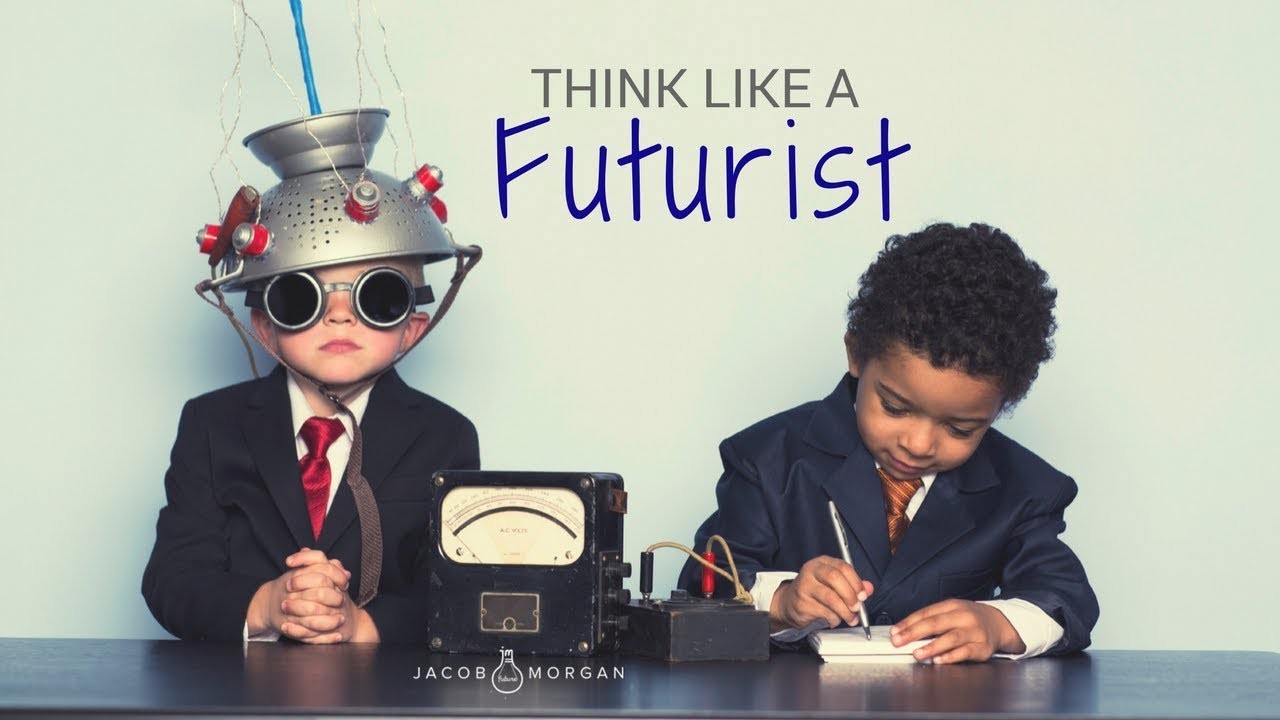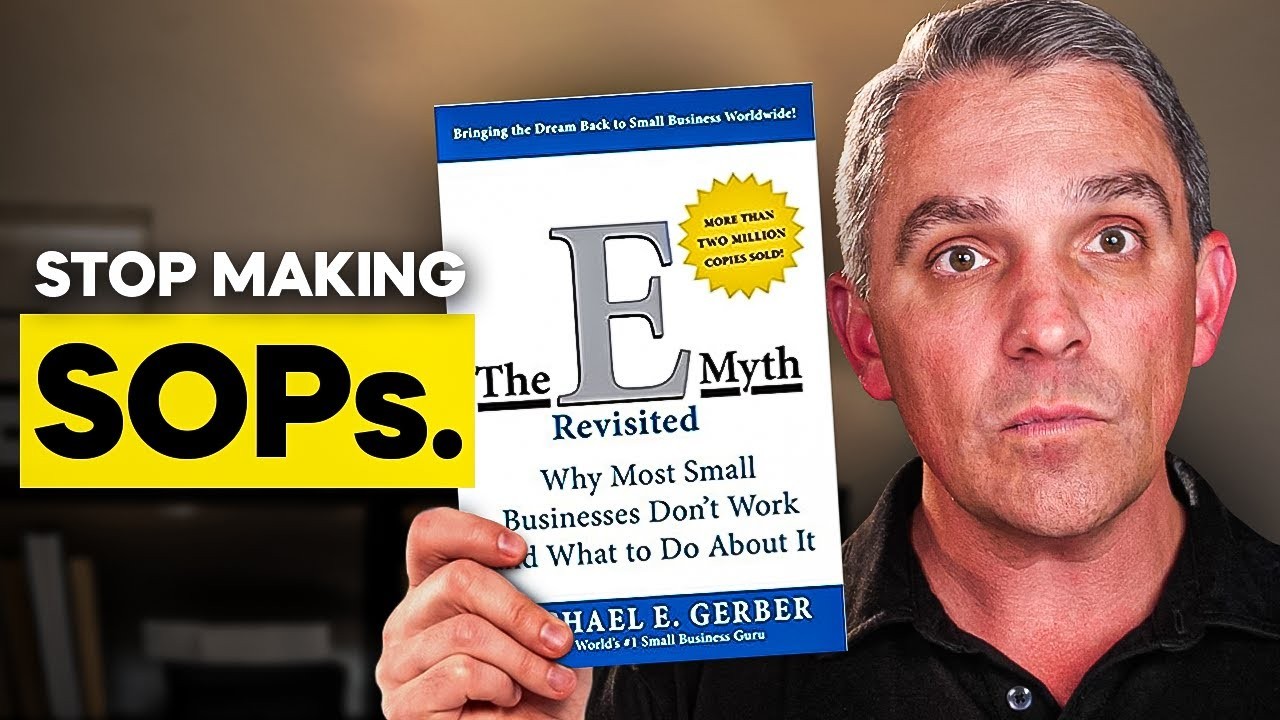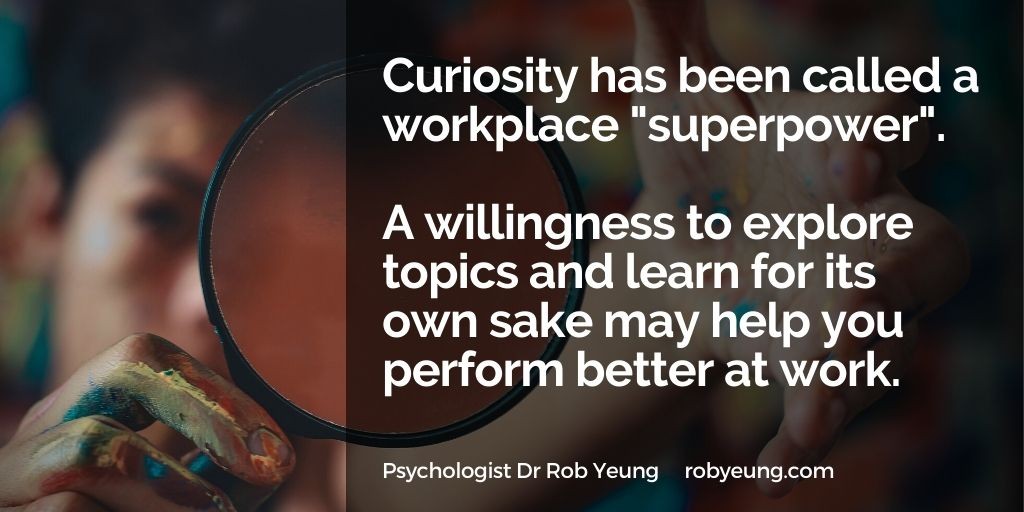Thinking like a futurist isn’t about predicting the future with certainty—it’s about preparing for it with curiosity, imagination, and strategic insight. In business, this mindset can be a powerful asset. It allows leaders to anticipate change, spot emerging trends, and make decisions that are resilient rather than reactive. The future is not a fixed destination but a landscape of possibilities, and those who learn to navigate it with foresight are better equipped to lead through uncertainty and shape what comes next.
At the heart of futurist thinking is the ability to challenge assumptions. Many business decisions are based on what has worked in the past or what seems stable in the present. But the world is constantly evolving, and yesterday’s truths can quickly become obsolete. A futurist asks, “What if this changes?” or “What else could be true?” This kind of questioning opens the door to alternative scenarios and helps organizations avoid the trap of linear thinking. For example, a company that assumes remote work is a temporary trend might miss the deeper shift in employee expectations and workplace design. By questioning the status quo, futurists uncover signals of change that others overlook.
Futurists also pay close attention to weak signals—those subtle indicators that something new is emerging. These signals often appear at the fringes of industries or in unexpected places. They might be found in niche consumer behaviors, experimental technologies, or cultural movements. While they may seem insignificant at first, they can grow into powerful forces over time. Spotting these early requires a wide lens and a willingness to explore beyond the obvious. It’s not just about reading reports or tracking data—it’s about listening to unconventional voices, observing shifts in language, and noticing patterns that don’t yet have a name.
Imagination plays a central role in futurist thinking. It’s not enough to analyze trends; one must also envision what those trends could lead to. This involves constructing scenarios—plausible narratives about how the future might unfold. These scenarios aren’t predictions; they’re tools for exploration. A business might imagine a future where artificial intelligence reshapes customer service, or where climate regulations redefine supply chains. By exploring these possibilities, leaders can test strategies, identify risks, and uncover opportunities. Scenario thinking helps organizations move beyond reactive planning and into proactive design.
Thinking like a futurist also requires a long-term perspective. In a world driven by quarterly results and short-term metrics, it’s easy to lose sight of the bigger picture. But the decisions made today shape the conditions of tomorrow. A futurist considers the ripple effects of choices, asking how they might influence the business, the industry, and society over time. This doesn’t mean ignoring short-term needs—it means integrating them into a broader vision. For instance, investing in sustainable practices may not yield immediate returns, but it positions a company for long-term relevance and resilience.
Collaboration is another key element. No one can see the future alone. Futurists engage diverse perspectives to enrich their understanding and challenge their biases. They bring together voices from different disciplines, cultures, and generations to build a more holistic view. In business, this might mean involving employees, customers, partners, and even critics in strategic conversations. The goal is not consensus but insight. By weaving together multiple viewpoints, futurists create a richer tapestry of possibilities and avoid the blind spots that come from insular thinking.
Adaptability is essential. The future is unpredictable, and even the best forecasts can be upended by unexpected events. Futurists embrace uncertainty not as a threat but as a condition of reality. They build flexibility into their strategies, allowing for course corrections and new discoveries. This mindset encourages experimentation and learning. A company that pilots new technologies, tests alternative business models, or explores unconventional partnerships is practicing futurist thinking. It’s not about having all the answers—it’s about being ready to evolve.
Technology plays a significant role in shaping the future, but futurist thinking goes beyond gadgets and platforms. It considers the social, ethical, and environmental implications of innovation. A futurist doesn’t just ask what a technology can do—they ask what it should do, and for whom. This kind of inquiry leads to more responsible and inclusive innovation. For example, as biometric data becomes more common, businesses must consider privacy, consent, and equity. Thinking like a futurist means anticipating these questions before they become crises.
Ultimately, thinking like a futurist is about cultivating a mindset—a way of seeing the world that is curious, critical, and creative. It’s about looking beyond the immediate and imagining what could be. In business, this mindset fosters resilience, relevance, and innovation. It helps leaders navigate complexity with confidence and shape strategies that are not just reactive but visionary. The future may be uncertain, but with the right mindset, it becomes a canvas for possibility rather than a source of anxiety. Thinking like a futurist doesn’t guarantee success, but it does ensure preparedness—and in a rapidly changing world, that’s a powerful advantage.




